I am linking up today with Falling into First for Chapter 13 of our best practices book study. Let me start off by saying… I LOVE COOPERATIVE LEARNING!!!
When I first started teaching, my district required all of its new teachers to
attend training about cooperative learning strategies. We met over the
course of a year and explored many of Kagan’s Cooperative Learning Structures. I loved these structures because they really
helped me ensure that I was meeting the guidelines for true cooperative
learning experiences.
Positive Interdependence
Individual Accountability
Equal Participation
One of my favorite cooperative learning structures is Fan-N-Pick. It works really well for practicing vocabulary terms, math facts flash cards practice, or any other type of review. I've used it with third graders up through eighth graders, and they always LOVE it! It only takes a few minutes to learn the process, which can be applied in so many ways.
- Person A fans the cards.
- Person B picks a card and reads the question/definition/etc.
- Person C answers the card.
- Person D either praises for the correct answer and paraphrases to restate it OR asks guided questions to help person C get the right answer, then praises.
- Person A passes the cards to Person B, who now Fans the cards, etc. The cards rotate through each person so that all people have done all the jobs.
Another one of my favorite cooperative learning structures is Line Ups! This structure is so versatile!
Value
Line Ups are a great way to encourage your students to discuss their
thoughts on a topic and to get to know them better. Students line up according
to how much they agree with a given statement or question. For example, you
could ask, “Should people be allowed to keep wild animals as pets?” or “Should
people be required by law to recycle?”
You can even have some more fun with this if you “fold” the line in half
and have students talk to the person across from them.
Sequential
Line Ups are great for practicing sequence, such as the order of events in
a story or in history, stages of a life cycle, etc. Students are given a
picture or object to hold, then line up according to the characteristics of
that object. Some ideas include: putting words in alphabetical order, ordering
numbers from least to greatest, putting objects in order by length/weight/size,
etc. These can even include “getting to know you” questions at the beginning of
the year, such as “How many siblings do you have?”
Team Line
Ups are great when you don’t have the space to line up the entire class OR
you are dealing with smaller topics. For example, you could give each team
similar words with various shades of meaning, then have them line up according
to the progression of strength of the words.
Have YOU ever tried any of Kagan's Cooperative Learning Structures? I'd love to hear about your favorites in the comments below!

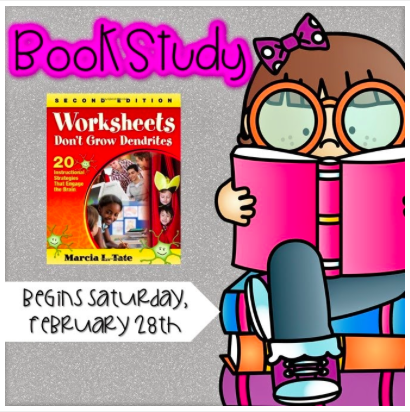
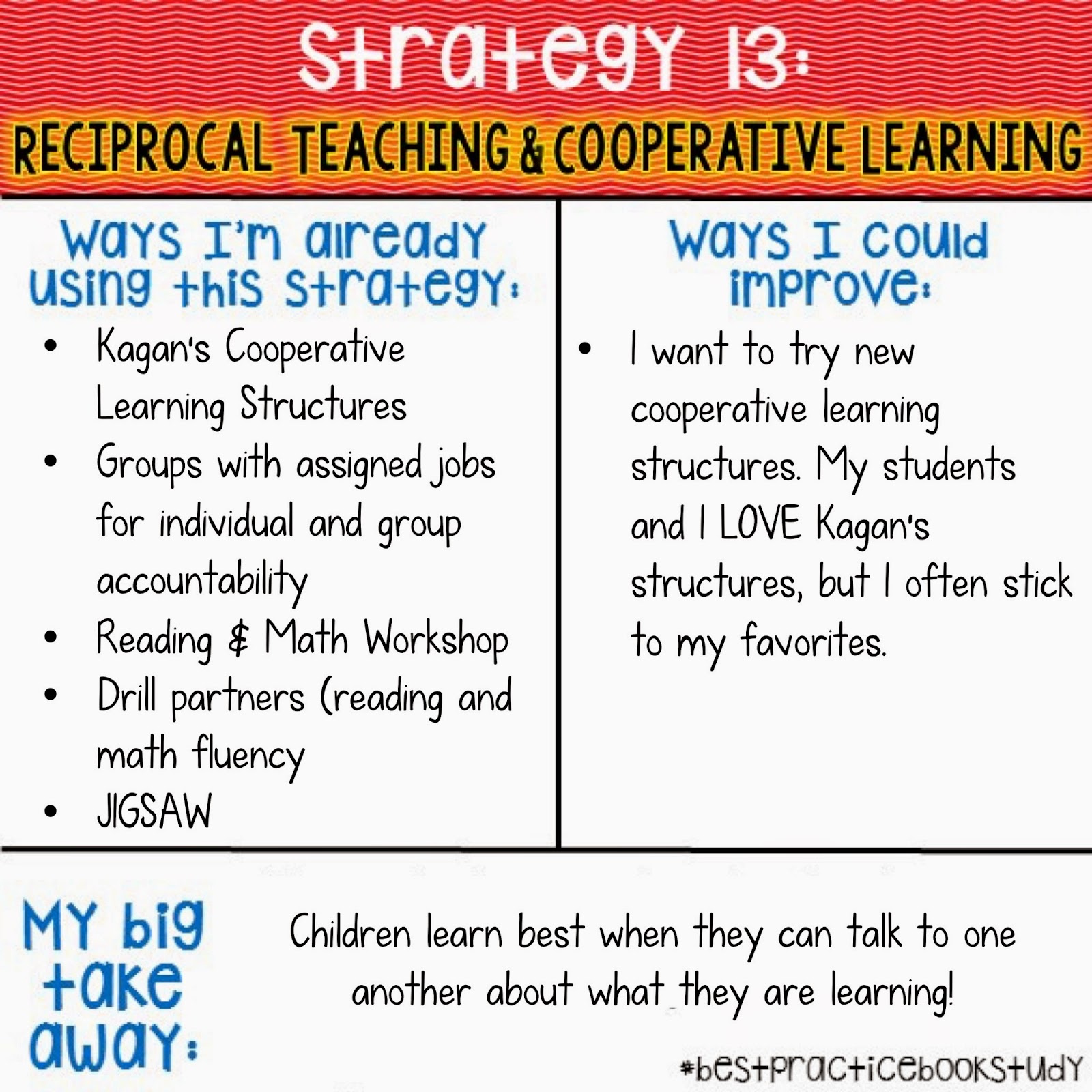
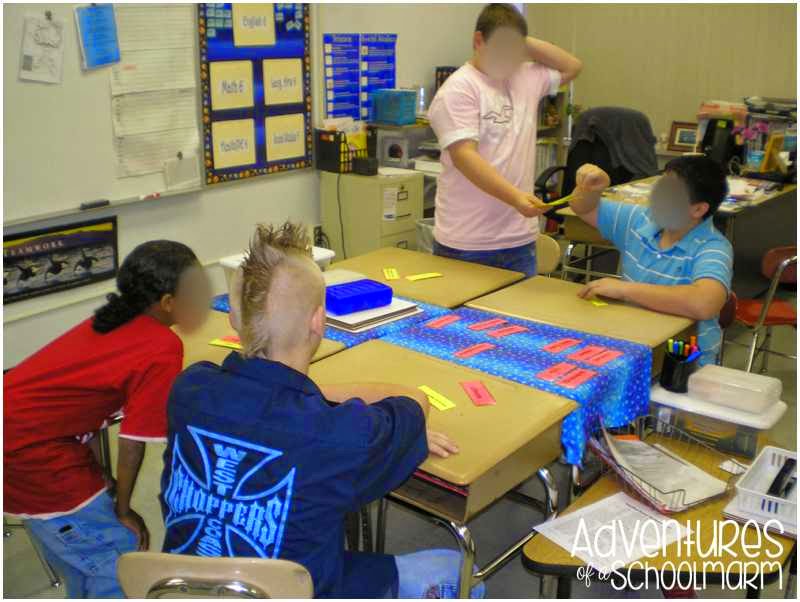
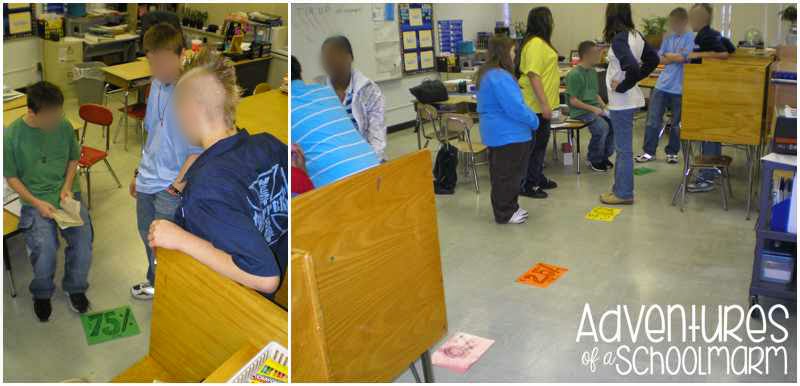



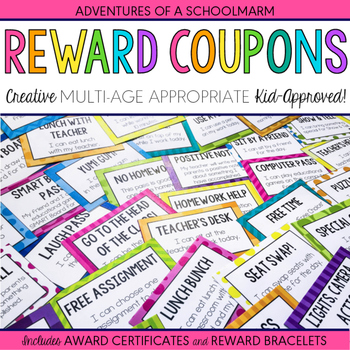
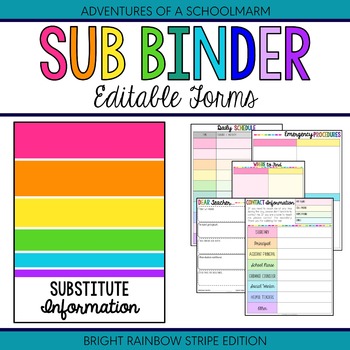
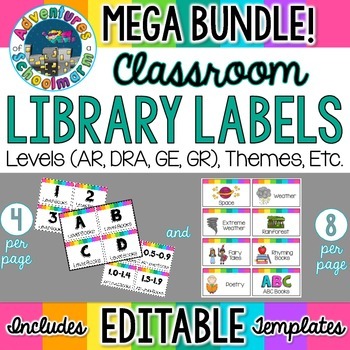
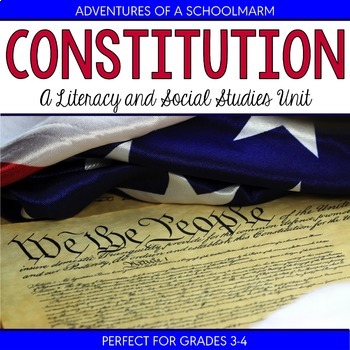
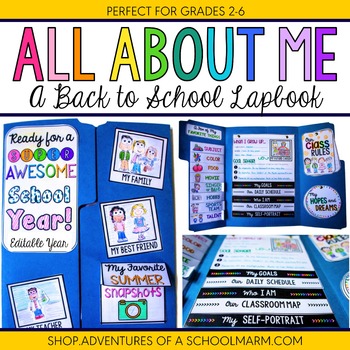
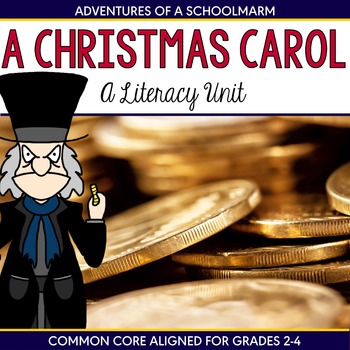
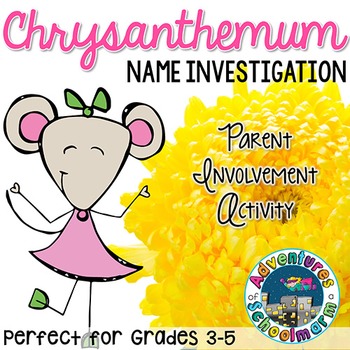


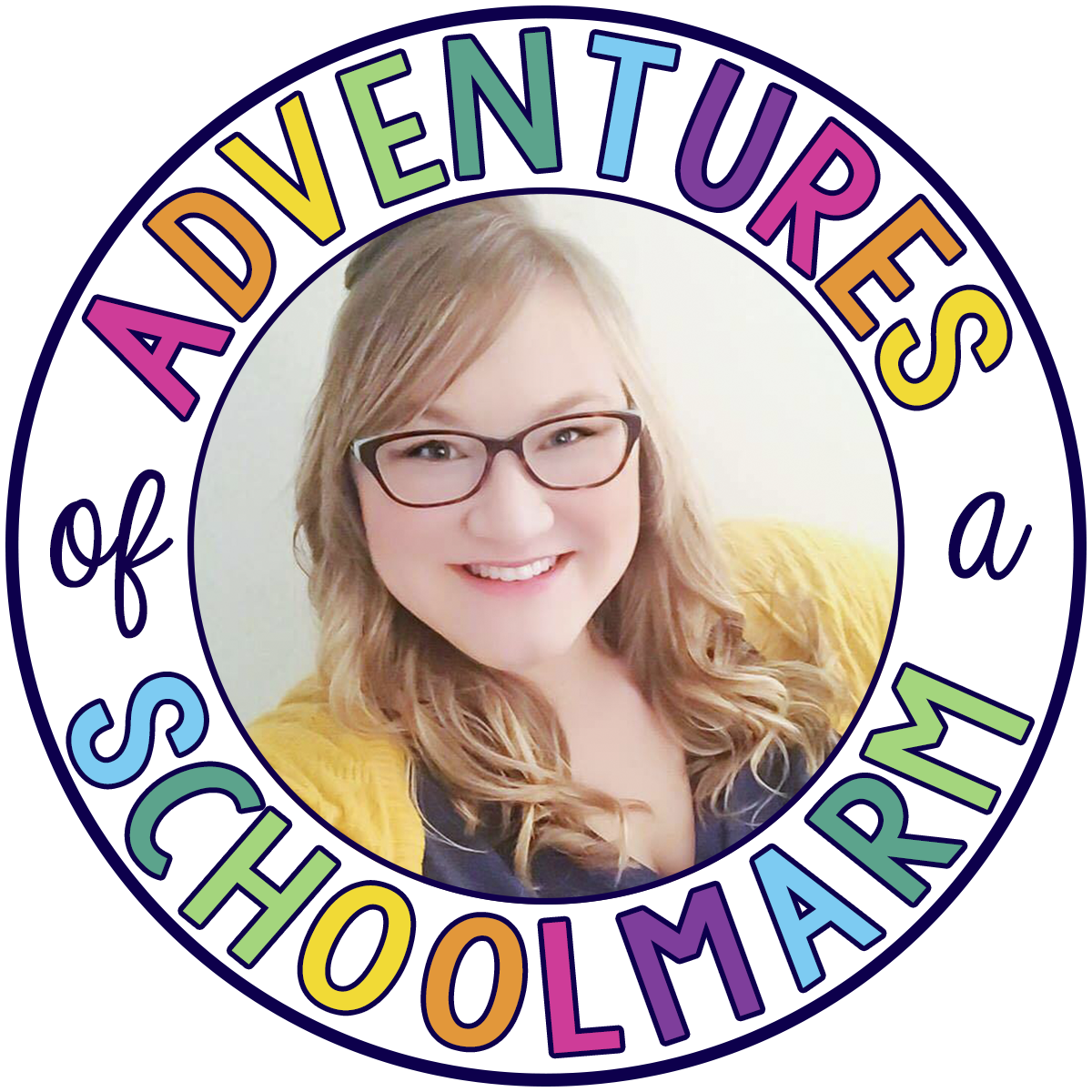

adidas factory outlet away cigarette butts, adidas factory outlet opened the belt clip. adidas factory outlet Who told you to watch. Fifi, I'll take you down. cheap cheap adidas originals suction over the hands of cigarettes, adidas factory outlet toward the following fiercely adidas zx shoes spit mouth spittle, and regardless of who's who spit on, deserve, throw
ReplyDelete